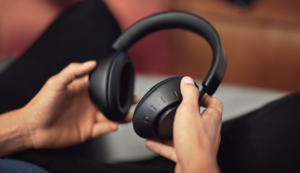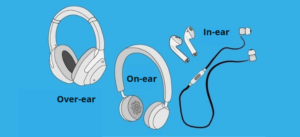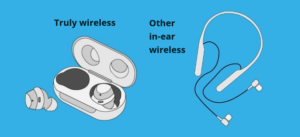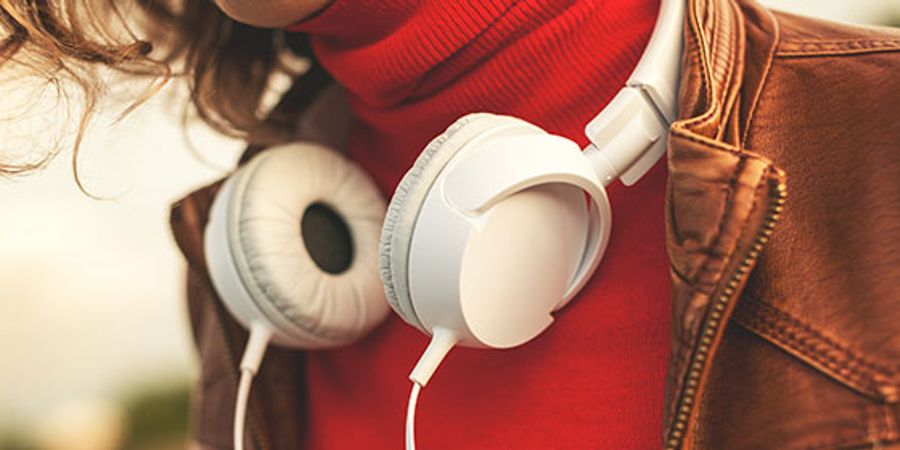It might be difficult to choose the appropriate set of headphones for you because there are so many different models from so many different brands. At some point during the day, we are connected to our headphones. This buying guide for headphones will assist you in finding the right pair.
Our major goal with our headphone buying guide is to help you understand the many types and characteristics of headphones so that you can select the best set of headphones for your personal needs and style.

By the end of this post, you will no longer believe that selecting a headphone set is a needle-in-a-haystack situation. If you’ve already picked on a nice headset, go to Jamboshop, the #1 best online store for headphones and any other audio accessories.
Types of Headphones
To begin, it’s critical to comprehend the many varieties of headphones, since this can help you narrow down your purchasing alternatives. What are your plans for the headphones?
Is it for video games, music, or home theater? Your goal is to reduce the number of products available. In this headphone buying guide, we’ll cover practically all of the popular headphone designs. Here are some of the most common archetypes in use today.
- In-ear Headphones
Because they fit exactly into your ear and seal the outside of the ear canal, in-ear headphones are also known as canal phones. These are the headphones that come with MP3 players, phones, and other electronic devices.
They provide excellent passive noise cancellation since they seal the ear canal. The comfort of your in-ear headphones is determined by the ear tips you wear, and most in-ear headphones have removable and replacement ear tips.
In-ear headphones have the major advantage of being tiny and portable. Let’s look at some of the advantages and disadvantages of in-ear headphones.
Pros
- They’re small, light, and convenient.
- Because of their design, they provide great noise isolation.
- The wire has a built-in track navigation control remote, making it simple to change the soundtrack or answer the phone.
- At a relatively low price, you can acquire a good pair of in-ear headphones.
Cons
- They might be able to match the sound quality of the bigger headphones.
- They can be bothersome for some people because they tend to fall out because of the ill-fitting ear tips.
- Tangled cables can be a pain to work with.

- On-ear Headphones
Closed-back headphones or supra-aural headphones are other terms for on-ear headphones. Unlike in-ear headphones, they do not fit into your ear canal. They are larger than the previous ones and sit directly on top of your outer ears. The drivers are placed on your ears, and the band wraps around your head. An excellent pair of on-ear headphones offer good sound quality as well as adequate noise cancellation. Here are the benefits and drawbacks of on-ear headphones.
Pros
- They are more portable than in-ear headphones, despite their size. Some types fold up effortlessly and are convenient to transport.
- They produce high-quality audio.
- When compared to over-ear headphones, they do not overheat your ears.
Cons
- When it comes to noise cancellation, they aren’t as good as in-ear headphones.
- You can’t fit them in your pocket, but they’re easy to stuff inside a backpack.
- They won’t have the same powerful bass as over-ear headphones.
- Your audio is leaked to your neighbors.
- Wireless Headphones
Wireless headphones are becoming increasingly popular, and new consumer headphone sets provide a reliable wireless connection. They will be more comfortable now that the cables have been installed. Of course, there will be a wire connecting the two earpieces.
They are available in a variety of styles, ranging from in-ear to over-ear. They have a few drawbacks, but they will allow you to move more freely and avoid wire tangles.
Bluetooth technology is used by the majority of wireless headphones to create a connection without the usage of wires. The battery life varies between models and they require charging from time to time.

- Earbuds
These are in-ear headphones that don’t have any cords. They simply sit in your ear. Apple is the first business to aggressively bring them to the consumer market. They’ve made their way into the latest smartphones and MP3 players.
Pros
- They are comfortable and you won’t have to worry about cable tangles.
- They are relatively cheap
Cons
- Cheaper earbuds may struggle to maintain a secure Bluetooth connection.
- Active Noise isolation is awful
- The sound quality is poor.
- True Wireless Headphones
Fully wireless headphones are another name for true wireless headphones. Between the two earphones, there will be no cable or wiring and you will only have two earphones. The majority of truly wireless headphones are now offered in an in-ear configuration.
They include a little charging dock that lights up to show that it’s charging and most of them use a USB cable to charge. Let’s look at the benefits and drawbacks of truly wireless headphones.
Pros
- They come with zero wiring. Say goodbye to tangled-up wires and enjoy music anytime.
Cons
- They have limited battery life. It’s even more compact than traditional wireless headphones.
- These headphones are more expensive than ordinary wireless headphones.
- Because the earbuds are not attached, it’s easy to lose one of them or damage them when they fall.
Where to buy: You can get any of the above-mentioned headphones/earphones at an affordable price from Jambo shoppe Kenya. The most trusted online store in Kenya. Feel free to chat with us on our WhatsApp.
Conclusion
We’ve examined all of the common headphone kinds on the market today in this headphone buying guide. You must select the type based on your needs.
For each type of headset, there are a variety of models available from various brands. All of the models differ in terms of their features. For example, if you want noise canceling in genuine wireless headphones, you may have to pay more money.
In-ear headphones are a wonderful option if you only require something that performs a single purpose.
Over-ear headphones are your sole option if you don’t want to sacrifice sound detail. If you are an audiophile who despises cords, you must choose true wireless earphones.
Also, see Related Topics:


